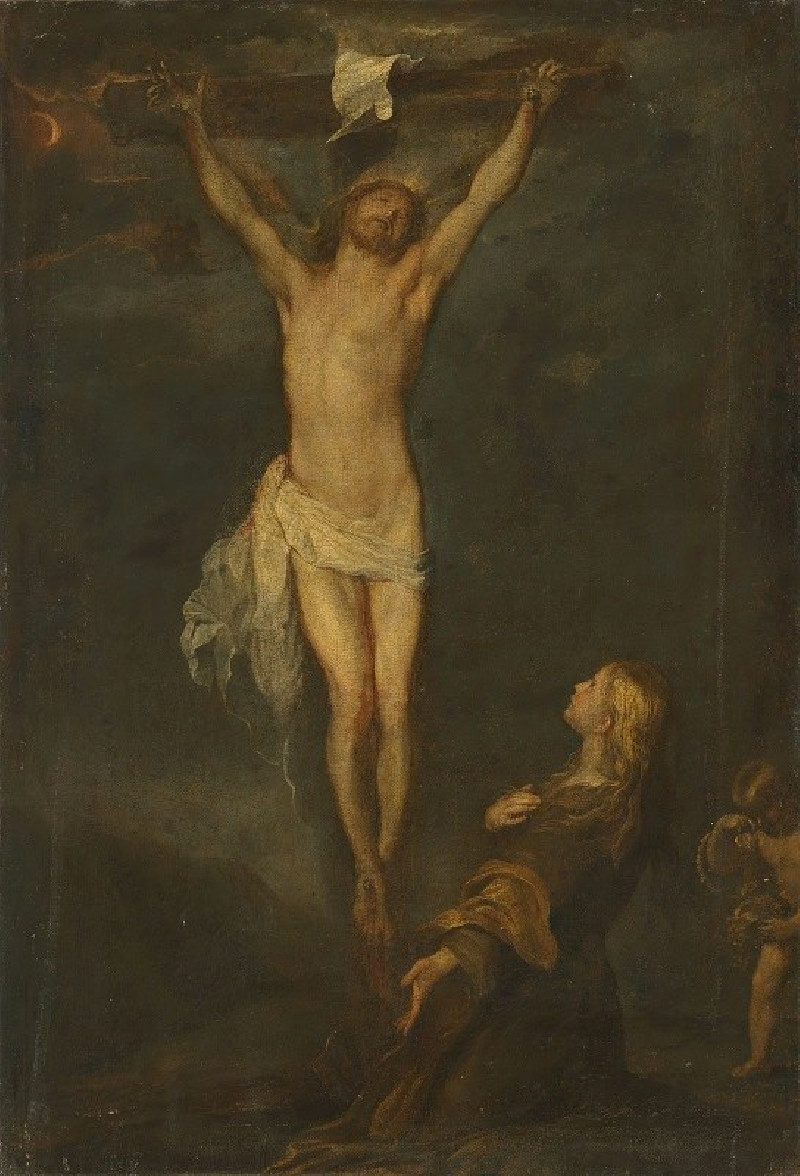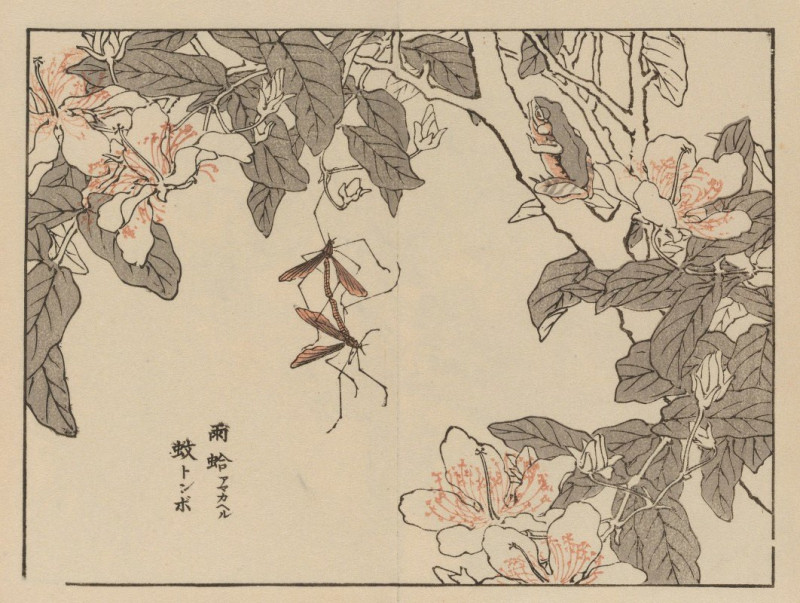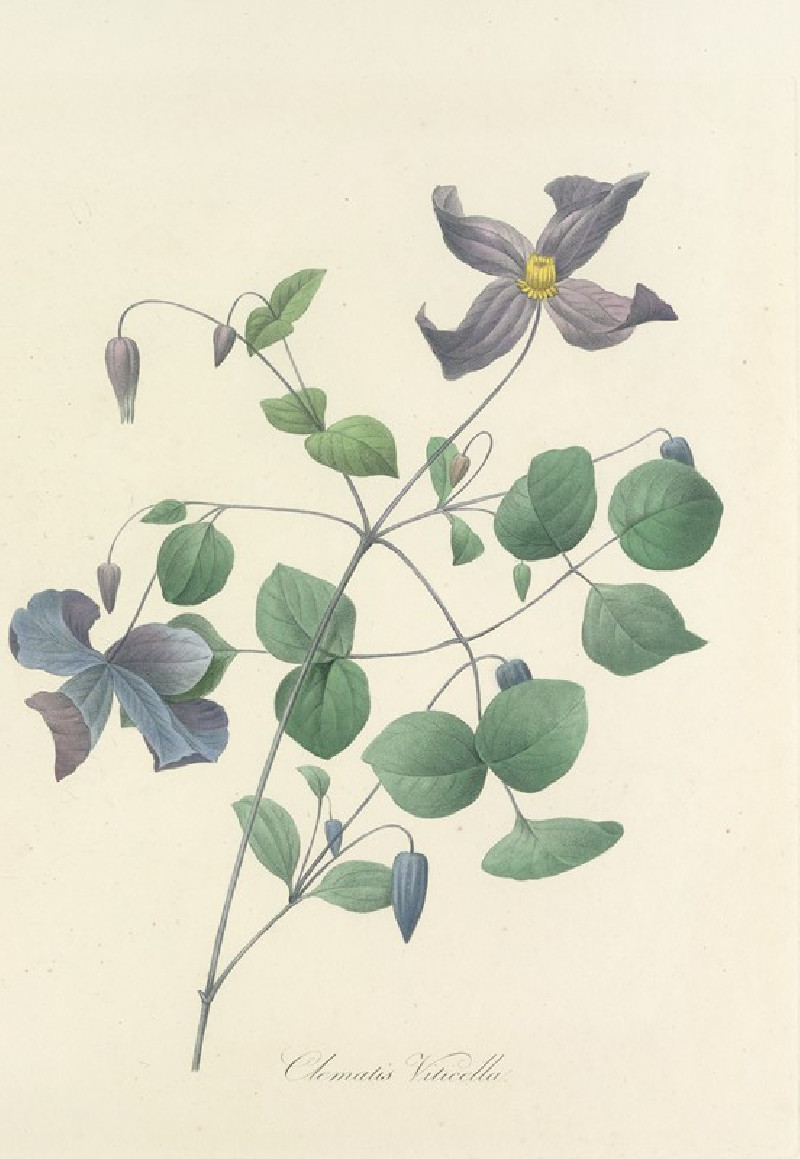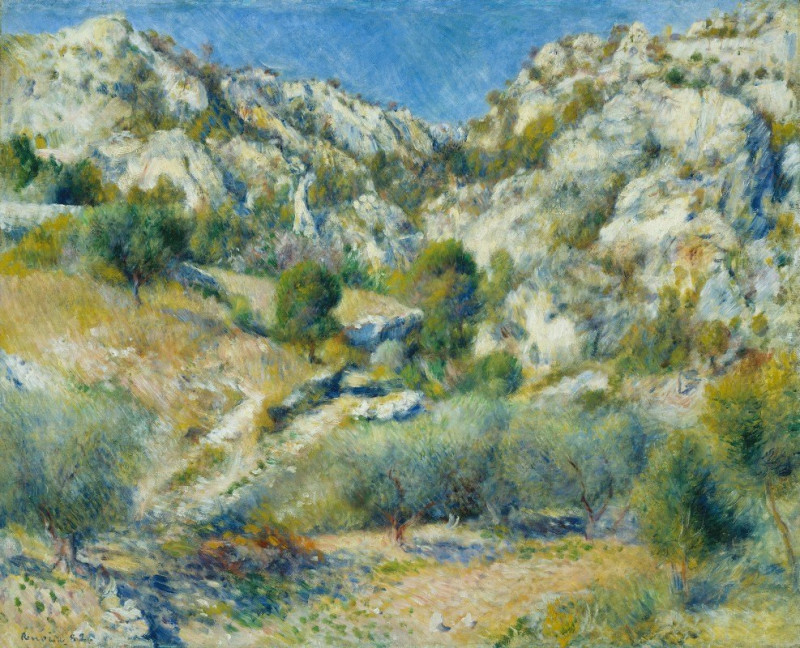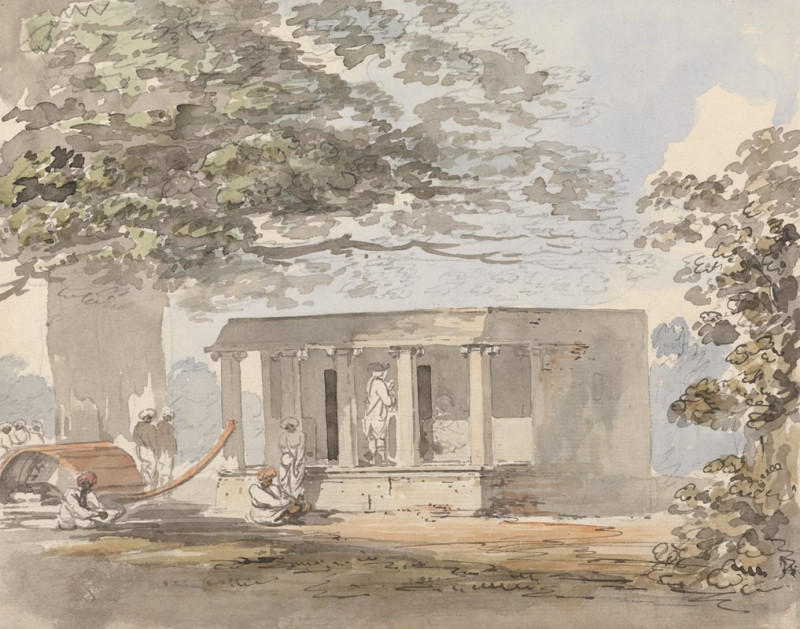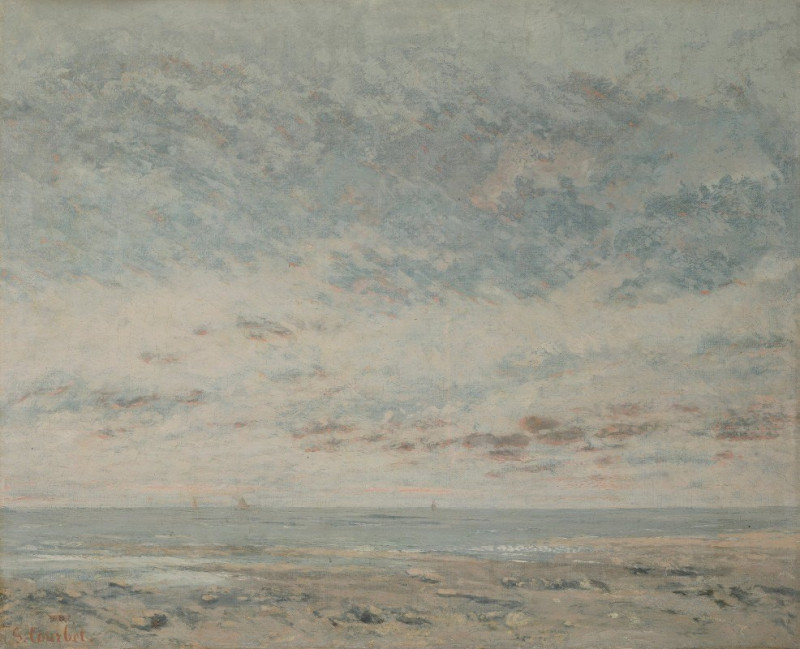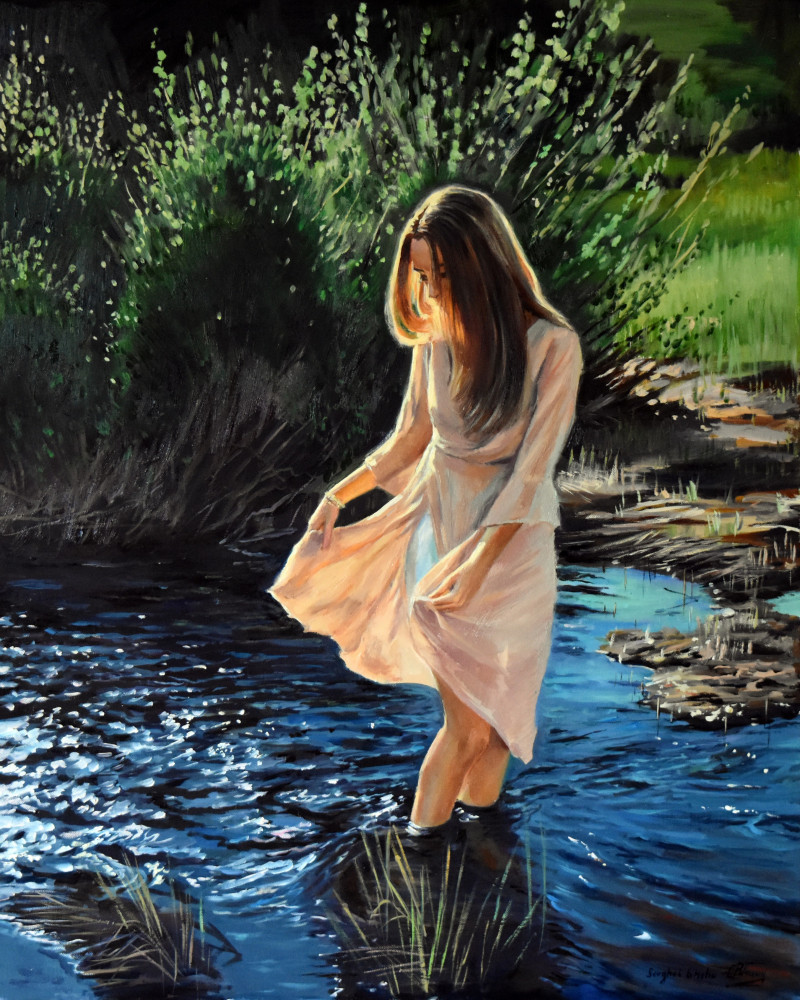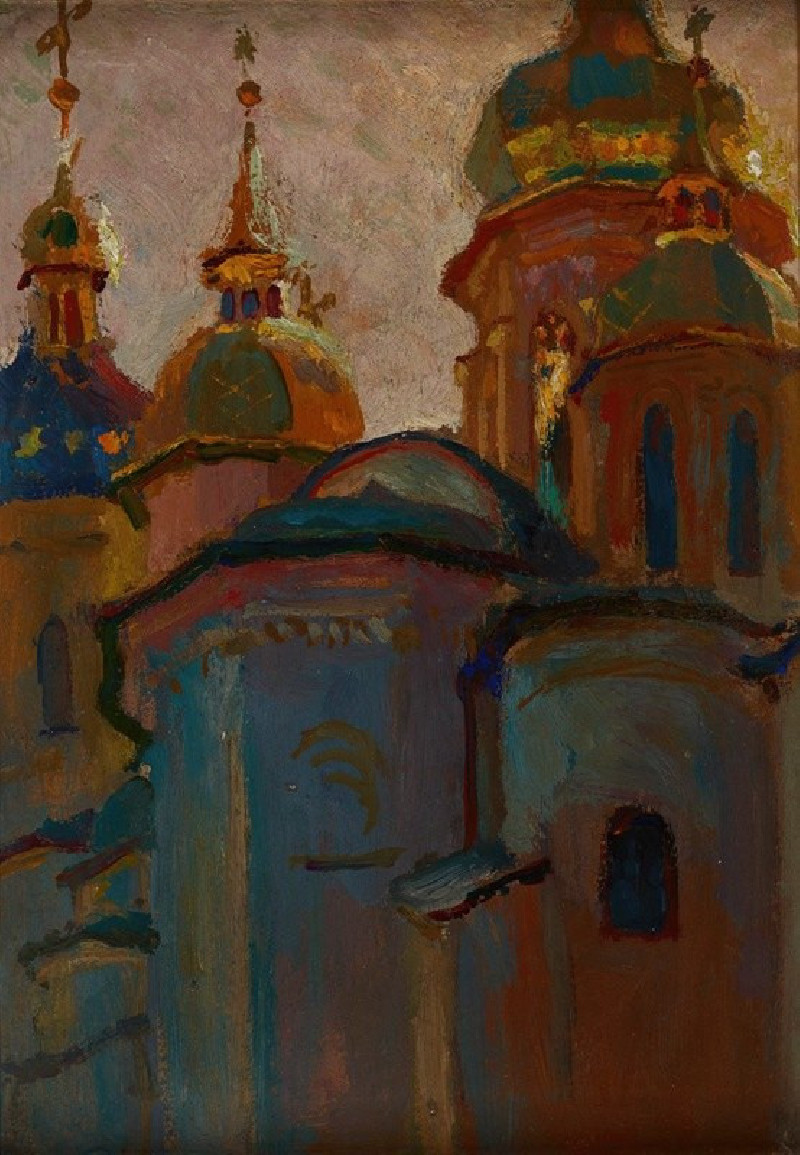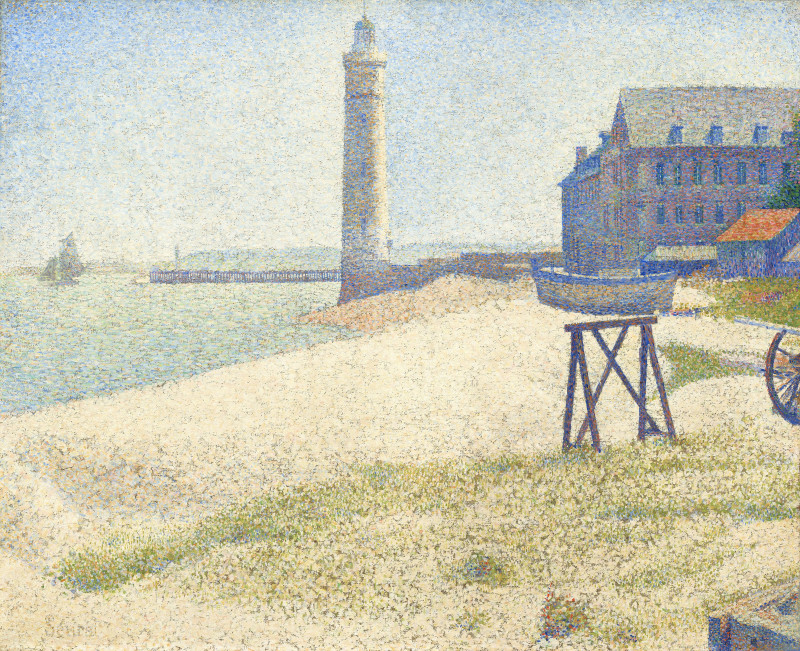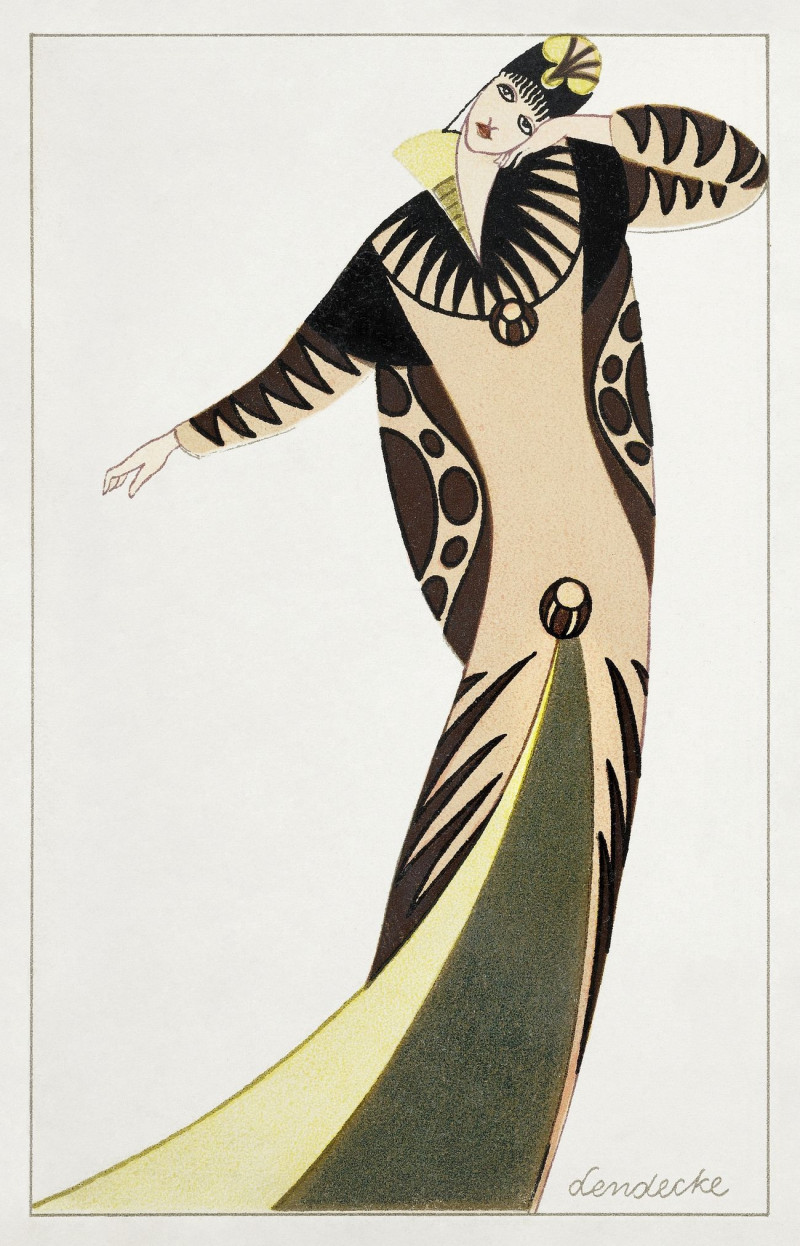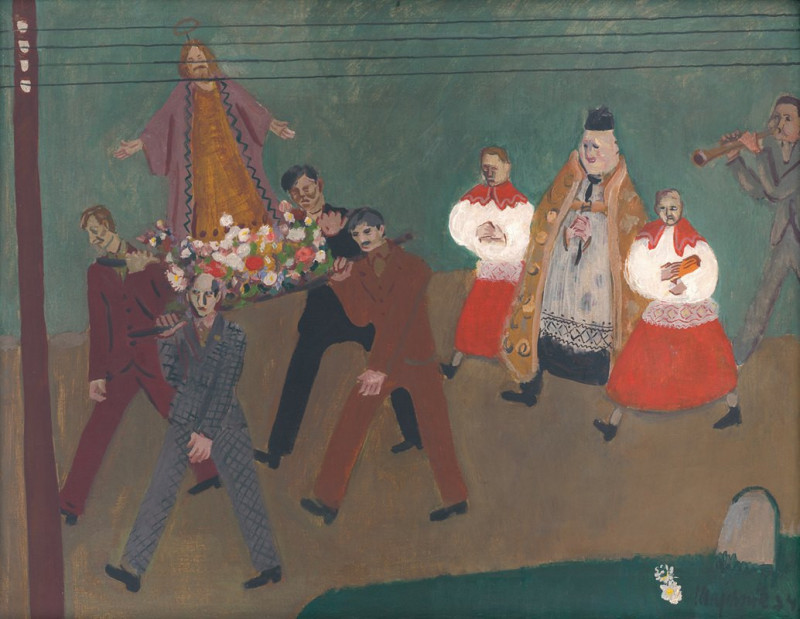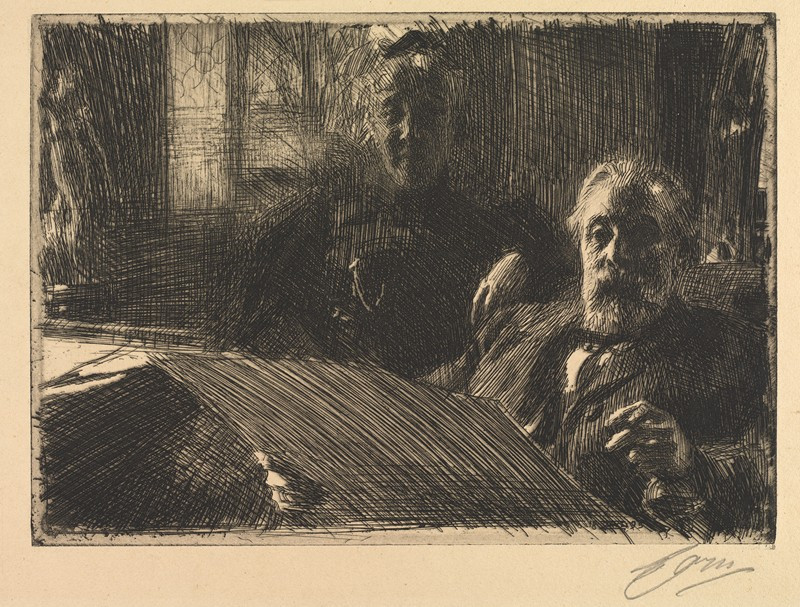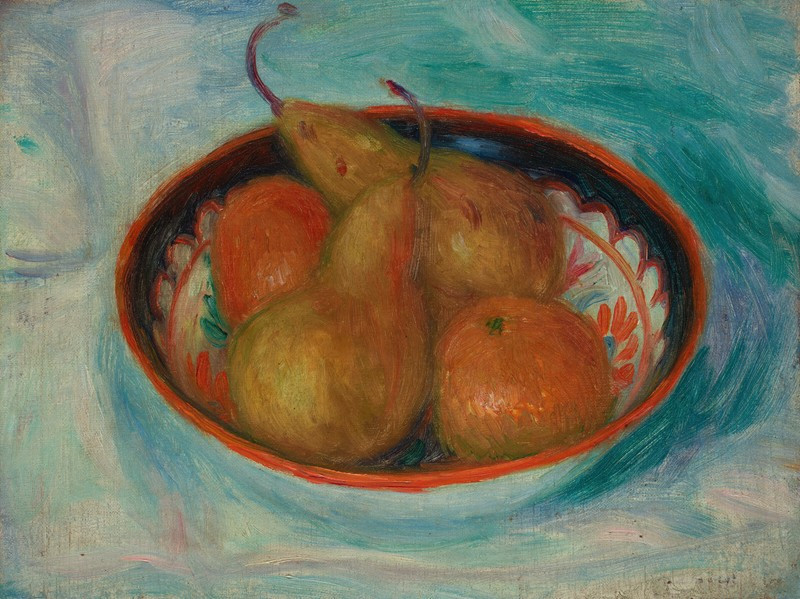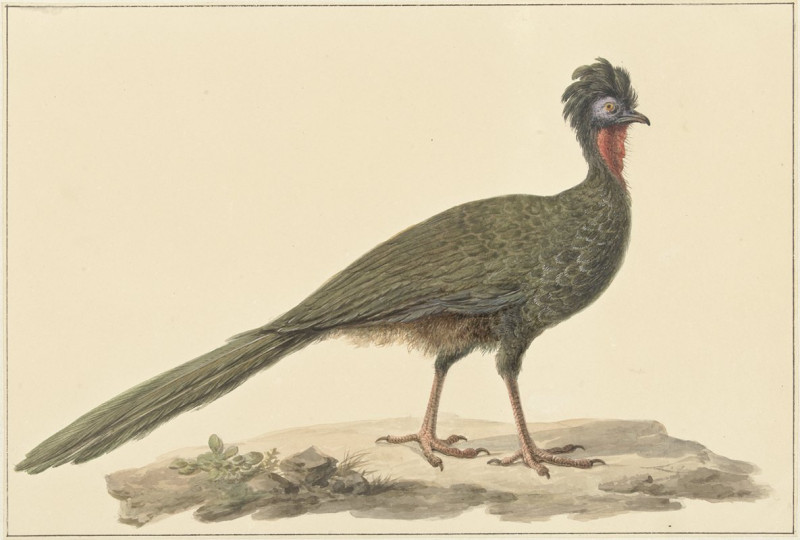The Crucifixion with Saint Rosalia
Technique: Giclée quality print
Recommended by our customers
More about this artwork
This poignant work by Anthony van Dyck, entitled "The Crucifixion with Saint Rosalia," captures a deeply evocative religious scene set against a dark, atmospheric backdrop. At the center, the figure of Christ is depicted on the cross, his arms outstretched and head bowed in a gesture of pain and submission. The divine torment and serene acceptance on his face truly evoke the gravity of the moment.Below Christ, Saint Rosalia, recognized by her traditional golden locks and saintly attire, kneels in fervent prayer. Her gaze is lifted towards Jesus, illustrating her piety and her role as an intercessor between the divine and the earthly realms. Beside her, a small cherubic figure, possibly representing an angel, witnesses the scene, adding an additional layer of sacred presence.Van Dyck's mastery of chiaroscuro enhances the dramatic effect, focusing the viewer's attention on the figures at the fore, while the use of muted and somber tones embodies the sorrow of the scene. This painting is not only a representation of biblical events but also a captivating exploration of divine sacrifice, human grief, and holy reverence.
Delivery
Returns
Sir Anthony van Dyck (1599 – 1641) was a Flemish Baroque artist who became the leading court painter in England after success in the Spanish Netherlands and Italy.
The seventh child of Frans van Dyck, a wealthy Antwerp silk merchant, Anthony painted from an early age. He was successful as an independent painter in his late teens, and became a master in the Antwerp guild in 1618. By this time he was working in the studio of the leading northern painter of the day, Peter Paul Rubens, who became a major influence on his work.

